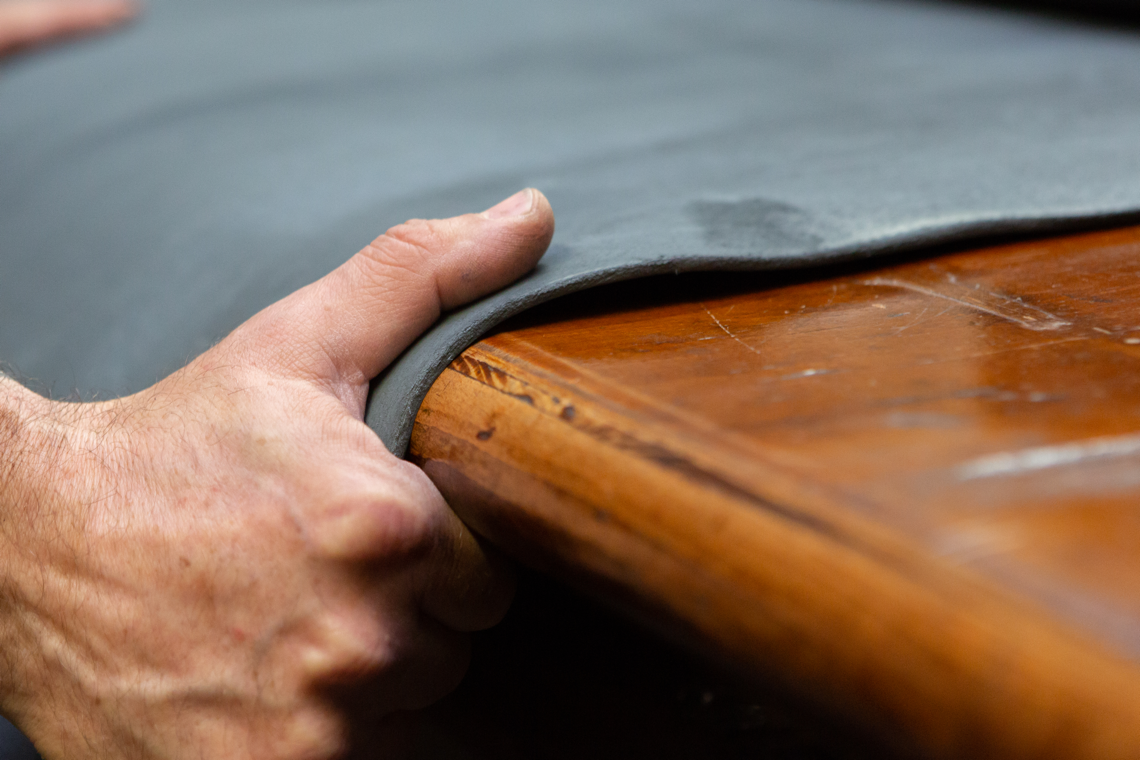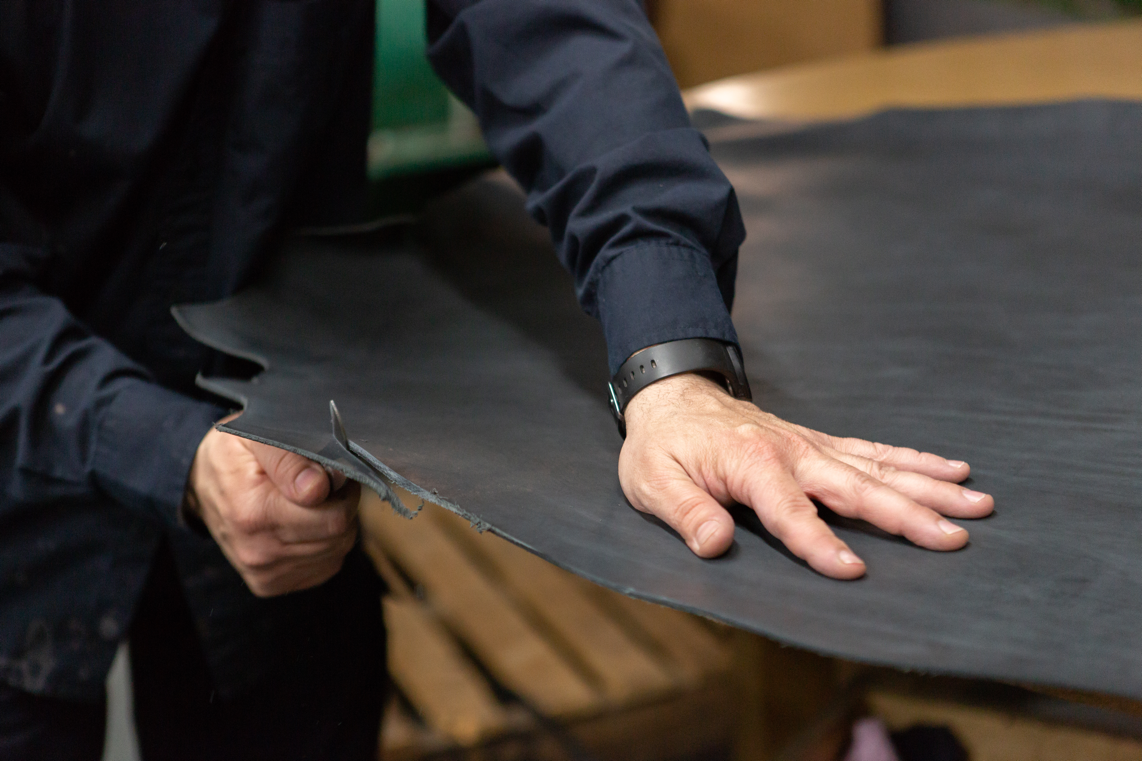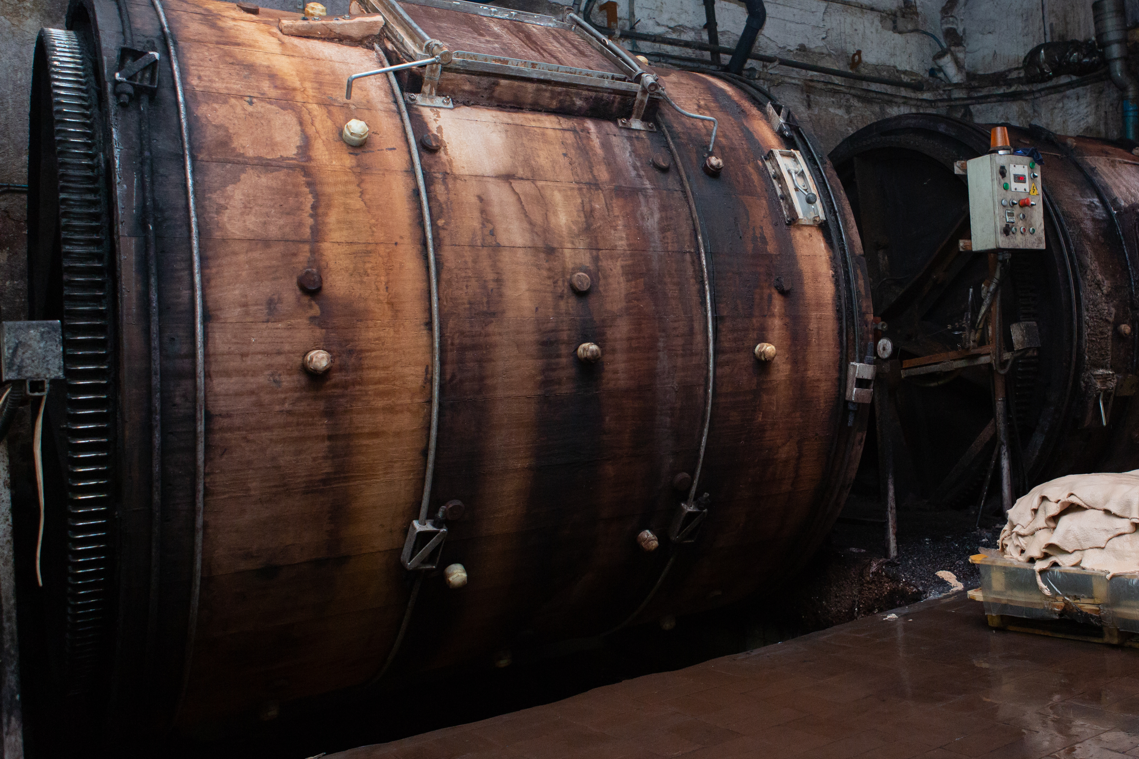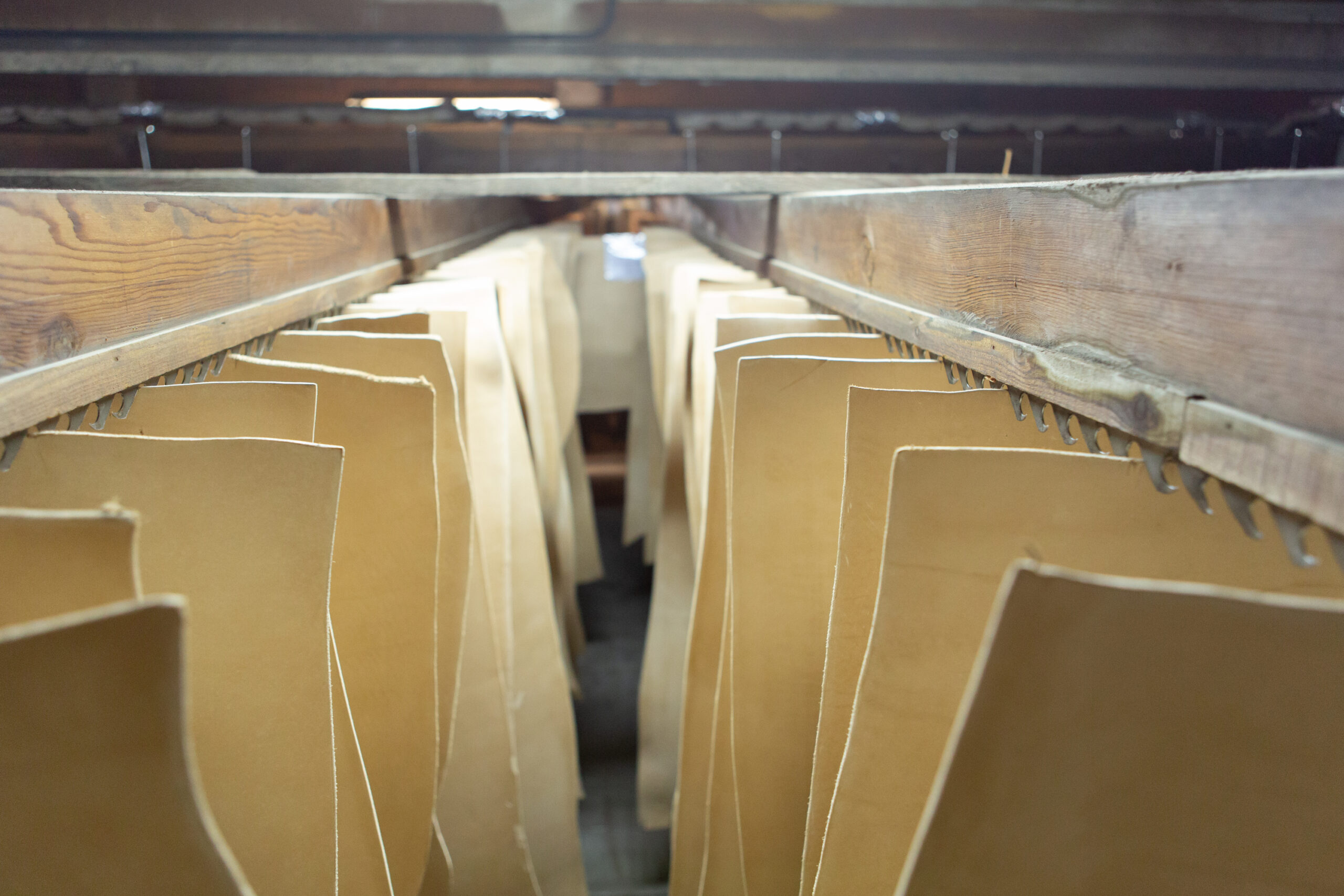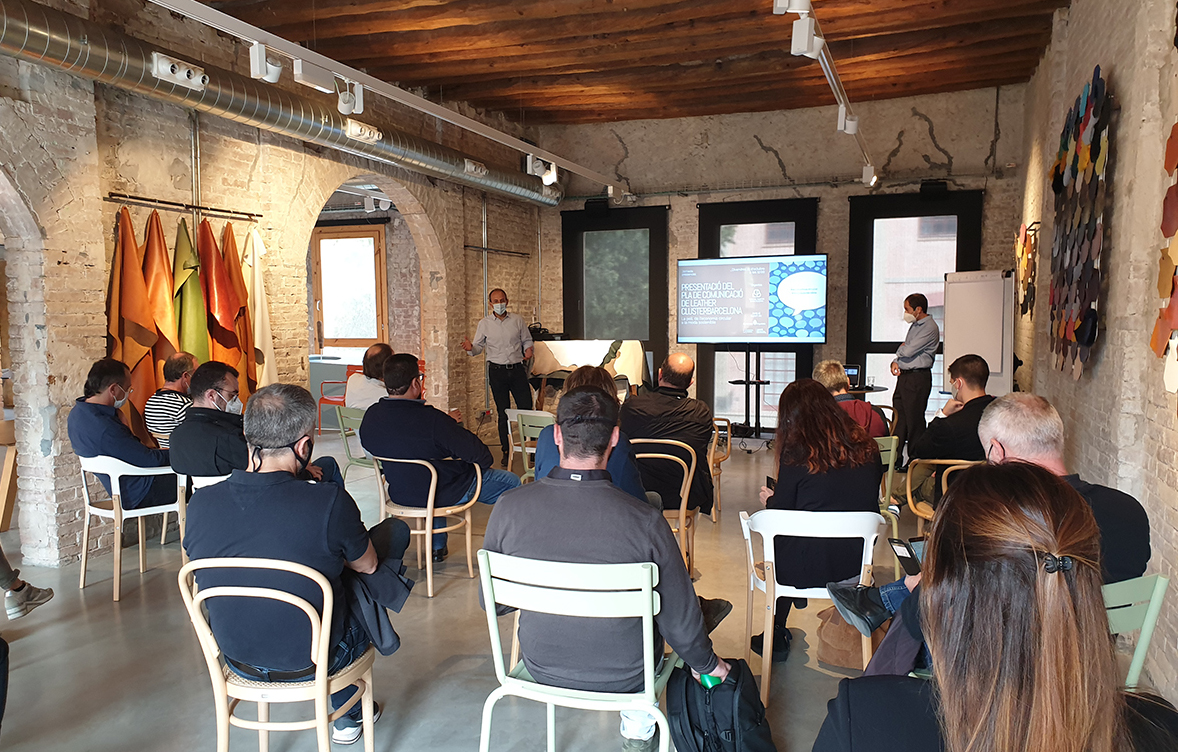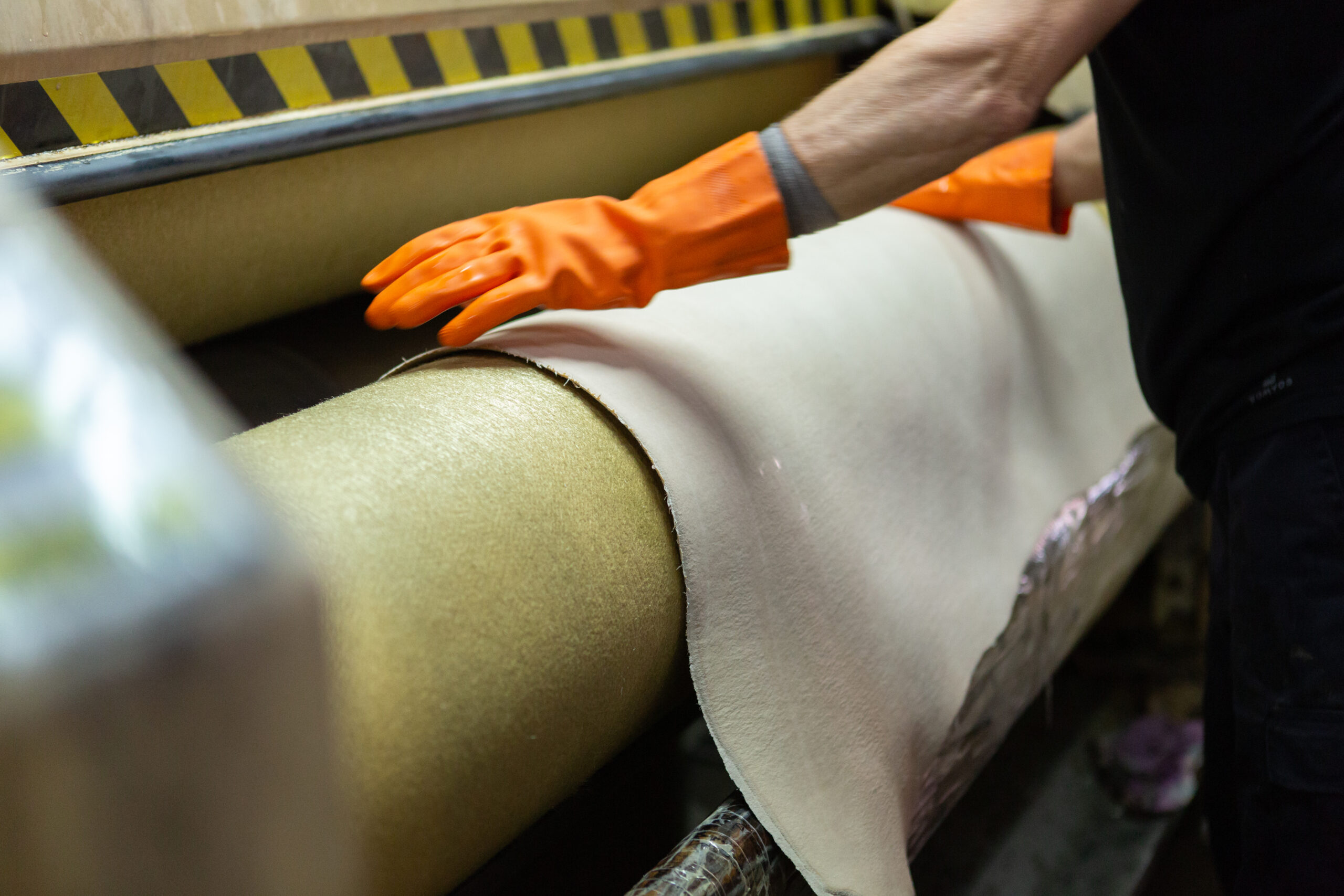Original content posted by: RealLeather.
The enormous environmental impact of the fashion industry has been highlighted by research by the UK’s Royal Society for Arts, Manufacturers and Commerce (RSA). It found that half (49 per cent) of 100,000 sampled products from online retailers were made entirely of new plastics. Low cost and disposable, these can quickly end up in landfill.
As consumers look at sustainability, the Leather and Hide Council of America (LHCA) is campaigning to see the millions of surplus hides, currently burnt or thrown away, used instead to deliver long lasting leather goods. It sets out some of the key figures in its new video short that can be viewed below.
The Intergovernmental Panel on Climate Change calculates that the fashion industry produces 10% of global carbon dioxide emissions, an impact compounded by pollution caused by production of synthetic materials which ranges from chemical waste to microplastics. The US leather industry uses 83% of the hides from dairy and meat, some 27.5 million hides per year, and is committed to ensuring that the remaining 17% (5.5 million) are not burnt or sent to landfill but used to make clothing or shoes.
You can read the original post HERE.



